-
×
-
×
-
×
-
×
-
×
-
×
-
×
-
×
-
×
-
×
-
×
-
×
-
×
-
×
-
×
Subtotal: £634.37



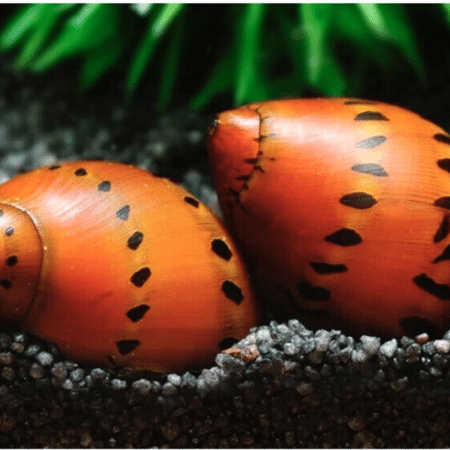

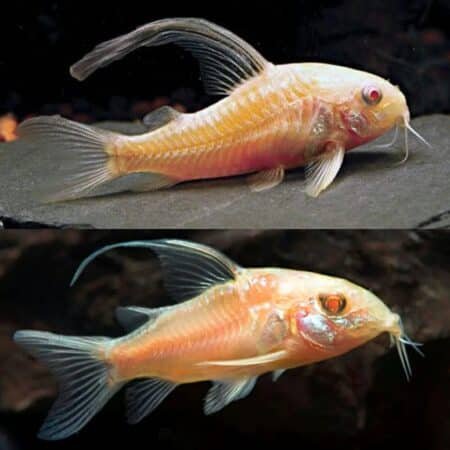

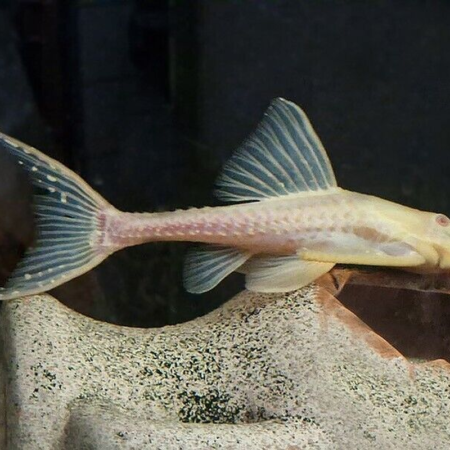
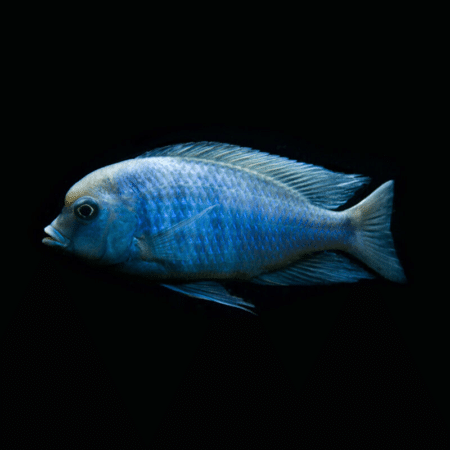





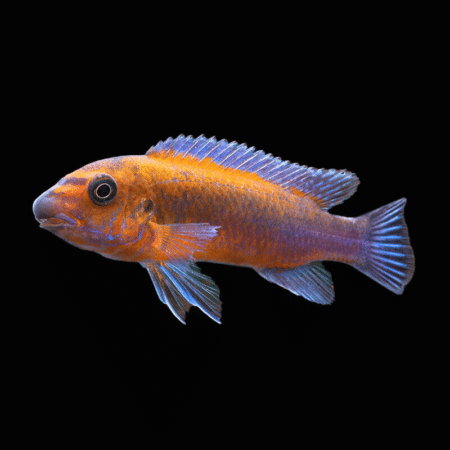



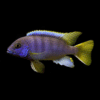









Emily Roberts (verified owner) –
I recently added the Gallireya Reef Dogtooth Cichlid to my aquarium, and I couldn’t be happier! After about two months of watching him thrive, I can confidently say that he’s become the star of my Lake Malawi setup. His colors are vibrant, and he actively interacts with the other Malawi cichlids, which has really brought my aquarium to life.
I love that this species is not only stunning but also relatively peaceful compared to other cichlid varieties. I’ve paired him with some beautiful aquarium plants that provide shelter, and he seems to enjoy exploring them. I’ve been feeding him high-quality cichlid food, and it’s amazing to see how quickly he adapts and grows.
My only minor concern was the shipping process; although he arrived healthy, I recommend checking the water parameters carefully when introducing him to your tank. This cichlid is perfect for intermediate hobbyists looking to add a unique fish to their collection. I highly recommend this breed for anyone wanting to enhance their Malawi cichlid aquarium with a truly remarkable specimen!